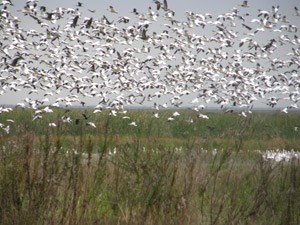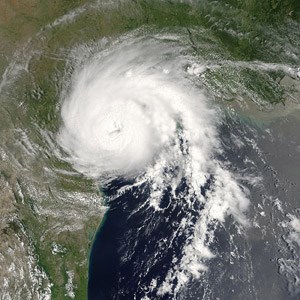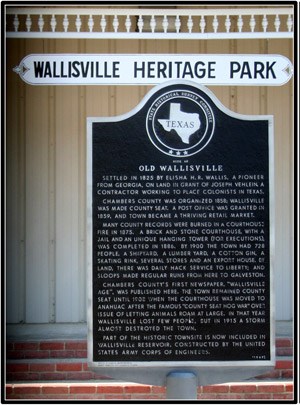
Mission Nuestra Señora de la Luz
El Orcoquisac Archeological District
Wallisville, Texas
Coordinates: 29.838580,-94.745131
#TravelSpanishMissions
Discover Our Shared Heritage
Spanish Colonial Missions of the Southwest Travel Itinerary

Photo by ljmacphee. Courtesy of Flickr Creative Commons.

Image by Jacques Descloitres, MODIS Rapid Response Team. Courtesy of NASA/GSFC.

Photo by fossilmike. Courtesy of Flickr.
Plan Your Visit
The Wallisville Heritage Park is located at Exit 807 on Interstate 10 at Wallisville, TX in Chambers County, and is open to the public, free of charge Monday through Saturday from 8 a.m. to 5 p.m. For more information, call 409-389-2252 or visit The Wallisville Heritage Park website or call 409-389-2252.
For more extensive coverage of the Spanish colonial period in Texas, visit San Antonio Missions National Historical Park, a unit of the National Park System composed of four missions located in separate locations in San Antonio, TX. For more information visit the National Park Service San Antonio Missions National Historical Park website or call 210-932-1001.
Last updated: April 15, 2016
